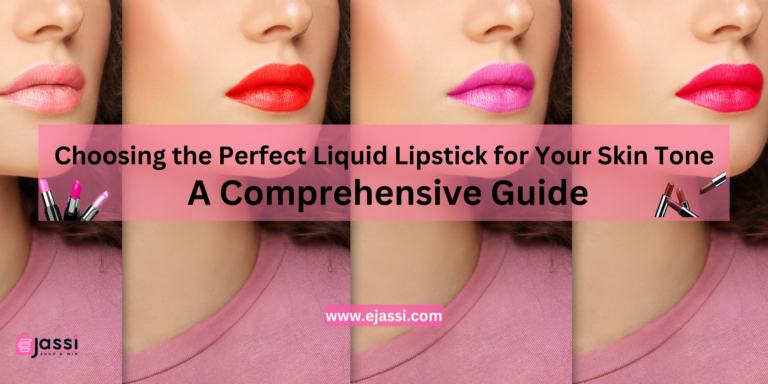The Rise of Clean Beauty: Exploring Natural and Non-Toxic Cosmetic Alternatives
Introduction: In recent years, there has been a significant shift in the beauty industry towards clean beauty. Consumers are becoming more conscious of the ingredients they apply to their skin and the impact these products have on their overall health and the environment. Clean beauty focuses on natural and non-toxic alternatives that prioritize both effectiveness and safety. In this blog post, we’ll delve into the rising trend of clean beauty, exploring the benefits of using natural and non-toxic cosmetic alternatives.
- Understanding Clean Beauty:
- Definition of clean beauty: Explore the concept of clean beauty, which involves using products made with ingredients that are free from harmful chemicals, toxins, and potential irritants.
- Importance of ingredient transparency: Discuss the significance of ingredient transparency in clean beauty products, enabling consumers to make informed choices about what they put on their skin.
- Certifications and labels: Introduce popular clean beauty certifications and labels that help consumers identify and trust products that meet specific standards.
- Benefits of Clean Beauty:
- Skin health: Highlight how clean beauty products often contain nourishing natural ingredients that can promote healthier skin and reduce the risk of irritation or allergic reactions.
- Environmental impact: Discuss the positive environmental impact of clean beauty, including sustainable sourcing, eco-friendly packaging, and cruelty-free practices.
- Safety concerns: Address the potential risks associated with certain chemicals found in traditional cosmetics, such as parabens, sulfates, phthalates, and synthetic fragrances, and how clean beauty products offer safer alternatives.
- Exploring Natural Ingredients:
- Plant-based extracts: Explore the benefits of using plant-based ingredients like aloe vera, green tea, chamomile, and rosehip oil, which offer hydration, soothing properties, and antioxidants.
- Essential oils: Discuss the use of essential oils in clean beauty, highlighting their aromatherapeutic properties and potential benefits for the skin.
- Herbal remedies: Introduce the concept of incorporating herbal remedies, such as turmeric, calendula, and witch hazel, into skincare routines for their healing and rejuvenating properties.
- Non-Toxic Makeup Alternatives:
- Mineral makeup: Discuss the rise of mineral-based makeup, which is formulated without common irritants and offers natural coverage and sun protection.
- Clean makeup brands: Highlight clean beauty brands that specialize in non-toxic makeup products, including foundations, blushes, eyeshadows, and lipsticks.
- Clean Beauty Skincare Routine:
- Cleansers and toners: Recommend clean beauty alternatives to traditional cleansers and toners that gently cleanse and balance the skin without stripping its natural oils.
- Moisturizers and serums: Discuss natural and non-toxic options for hydration and targeted skincare concerns, such as fine lines, acne, and hyperpigmentation.
- Sunscreens: Emphasize the importance of clean sunscreens with mineral-based filters for broad-spectrum protection without harmful chemicals.
Conclusion: Clean beauty represents a growing movement in the cosmetic industry, with consumers seeking natural and non-toxic alternatives that prioritize their well-being and the environment. By embracing clean beauty, individuals can enjoy the benefits of effective skincare and makeup products while minimizing potential risks associated with harmful chemicals. Explore the world of clean beauty, discover the power of natural ingredients, and make informed choices that align with your values and promote a healthier lifestyle.






